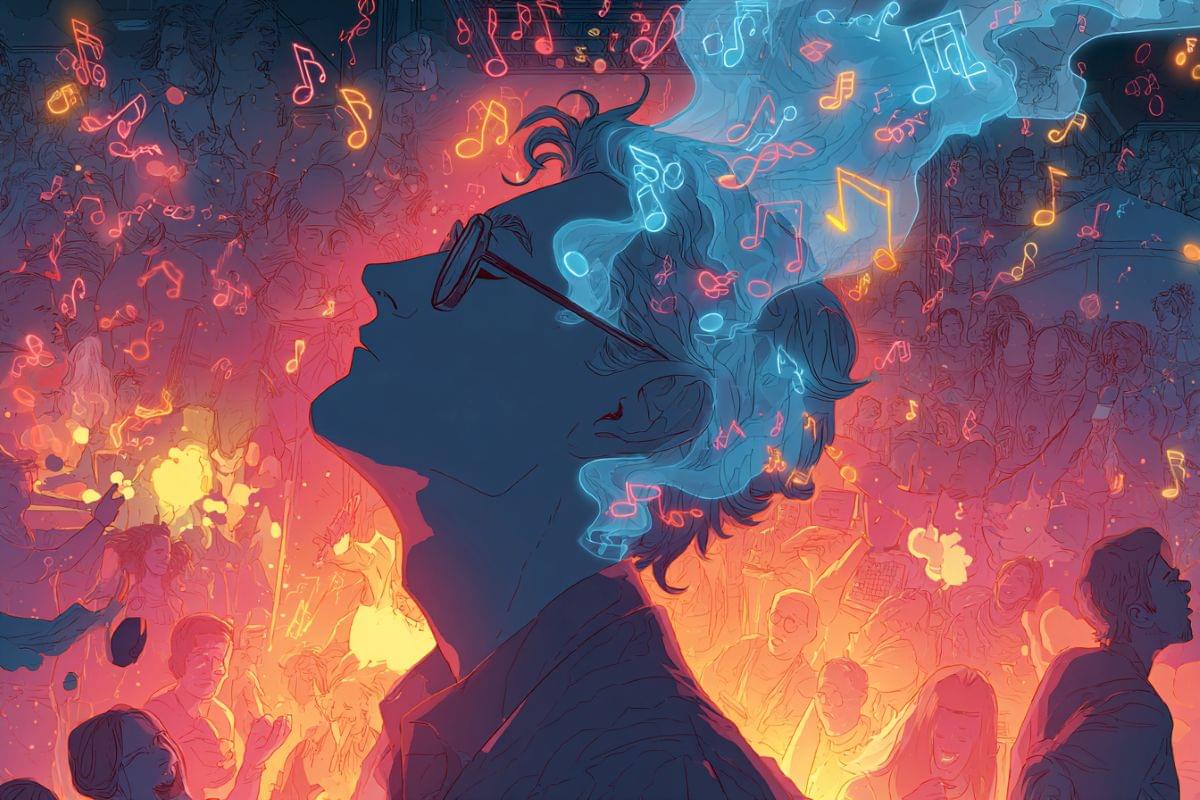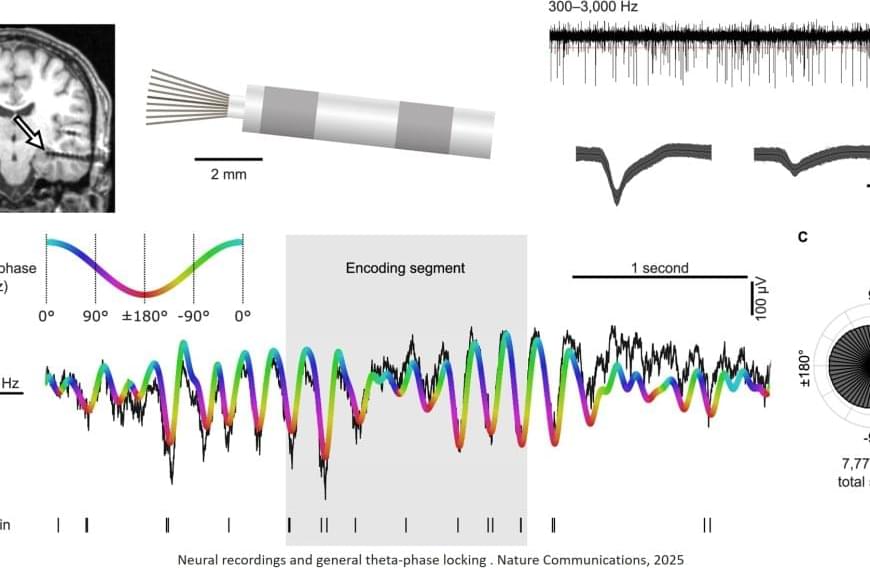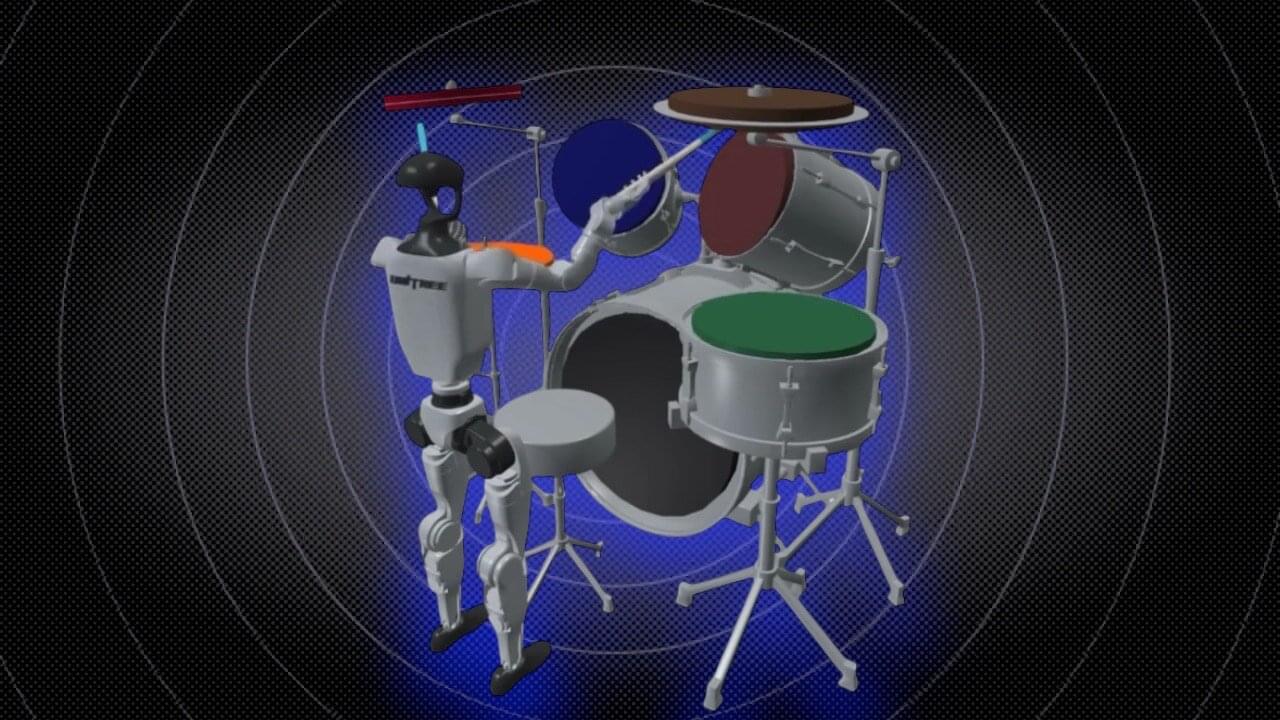All my links: https://linktr.ee/daveshap
Category: media & arts – Page 7
The scientist who saw behind reality… then disappeared
John C. Lilly was more than a scientist — he was an explorer of hidden realms. Through his experiments, he stepped beyond the veil of ordinary reality… and claimed to witness something no one was supposed to see.
The original 90 minute interview you’ll find here: https://thinkingallowed.vhx.tv/
Watch the full interview: https://www.youtube.com/watch?v=PZ9cJ5wFqrk.
Follow us:
https://www.facebook.com/videoadvice.
https://www.instagram.com/videoadvice2025
Script and Narration by Video Advice.
Footage provided by MotionArray.
Music provided by Epidemic Sound and Artlist.
References used under Fair Use Law.
📩 For any concerns or business inquiries, please get in touch with us at [email protected]
Building a Dyson Swarm from Scratch
What does it take to turn the Sun into a power grid? Discover the step-by-step path from asteroid mining to a star-spanning megastructure.
Watch my exclusive video Dark Biospheres: https://nebula.tv/videos/isaacarthur–…
Get Nebula using my link for 40% off an annual subscription: https://go.nebula.tv/isaacarthur.
Get a Lifetime Membership to Nebula for only $300: https://go.nebula.tv/lifetime?ref=isa…
Use the link https://gift.nebula.tv/isaacarthur to give a year of Nebula to a friend for just $36.
Visit our Website: http://www.isaacarthur.net.
Join Nebula: https://go.nebula.tv/isaacarthur.
Support us on Patreon: / isaacarthur.
Support us on Subscribestar: https://www.subscribestar.com/isaac-a…
Facebook Group: / 1583992725237264
Reddit: / isaacarthur.
Twitter: / isaac_a_arthur on Twitter and RT our future content.
SFIA Discord Server: / discord.
Credits:
Building a Dyson Swarm… from Scratch.
Written, Produced & Narrated by: Isaac Arthur.
Graphics: Bryan Versteeg, Jeremy Jozwik, Ken York Sergio Botero.
Select imagery/video supplied by Getty Images.
Music Courtesy of Epidemic Sound http://epidemicsound.com/creator.
Chapters.
0:00 Intro What Is a Dyson Swarm?
5:49 Gathering the Materials.
9:40 Proto-Swarm: Our First Steps.
13:05 Mining the Solar System.
14:33 Beyond Mercury: The True Scale of the Swarm.
19:10 Ghosts of Friendship Past.
20:34 Building Habitats: How Much Mass Do We Really Need?
27:42 The Long Dawn of a Stellar Civilization.


How the brain follows an internal rhythm
“This suggests that theta-phase locking is a general phenomenon of the human memory system, but does not alone determine successful recall,” says the corresponding author.
While most nerve cells always fired at the same oscillation time, some nerve cells interestingly changed their preferred timing between learning and remembering. “This supports the theory that our brain can separate learning and retrieval processes within a brain wave, similar to members of an orchestra who start playing at different times in a piece of music,” says the author.
A research team has gained new insights into the brain processes involved in encoding and retrieving new memory content. The study is based on measurements of individual nerve cells in people with epilepsy and shows how they follow an internal rhythm. The work has now been published in the journal Nature Communications.
“Similar to members of an orchestra who follow a common beat, the activity of nerve cells appears to be linked to electrical oscillations in the brain, occurring one to ten times per second. The cells prefer to fire at specific times within these brain waves, a phenomenon known as theta-phase locking,” says the first author.
The research team found that the interaction between nerve cells and brain waves is active in both the learning and remembering of new information – specifically in the medial temporal lobe, a central area for human memory. However, in the study on spatial memory, the strength of theta-phase locking of nerve cells during memory formation was independent of whether the test subjects were later able to correctly recall the memory content.
Ancient Alien Artifacts — Cosmic Relics Of A Dangerous Past
Berzerkers.
Get a free trial TODAY with Hostinger Horizons! Use code ISAACARTHUR to get 10% off your first month here: http://hostinger.com/isaacarthur.
The silence of the stars might be hiding more than an absence of life — it might conceal ancient machines, monuments, and traps from civilizations long vanished. Today, we explore these eerie cosmic echoes and the risks of unearthing them.
Visit our Website: http://www.isaacarthur.net.
Join Nebula: https://go.nebula.tv/isaacarthur.
Support us on Patreon: / isaacarthur.
Support us on Subscribestar: https://www.subscribestar.com/isaac-a… Group: / 1,583,992,725,237,264 Reddit:
/ isaacarthur Twitter:
/ isaac_a_arthur on Twitter and RT our future content. SFIA Discord Server:
/ discord Credits: Ancient Alien Artifacts — Cosmic Relics Of A Dangerous Past Written, Produced & Narrated by: Isaac Arthur Script Editor: Lukas Konecny Graphics: Sergio Botero, Udo Schroeter Select imagery/video supplied by Getty Images Music Courtesy of Epidemic Sound http://epidemicsound.com/creator Chapters 0:00 Intro 1:42 The Cosmic Junkyard 3:56 What Survives When Civilizations Don’t 9:31 Dangerous by Design 12:04 False Gifts and Poisoned Knowledge 15:37 We Might Already Be Inside One 19:21 Detecting the Undetectable 21:34 The Human Reaction 23:31 The Million-Year Message 24:55 Galactic Cemeteries 26:53 The Ghosts We Might Meet 28:43 The Next Artifacts.
Facebook Group: / 1583992725237264
Reddit: / isaacarthur.
Twitter: / isaac_a_arthur on Twitter and RT our future content.
SFIA Discord Server: / discord.
Credits:
Ancient Alien Artifacts — Cosmic Relics Of A Dangerous Past.
Written, Produced & Narrated by: Isaac Arthur.
Script Editor: Lukas Konecny.
Graphics: Sergio Botero, Udo Schroeter.
Select imagery/video supplied by Getty Images.
Music Courtesy of Epidemic Sound http://epidemicsound.com/creator.
Chapters.
0:00 Intro.
1:42 The Cosmic Junkyard.
3:56 What Survives When Civilizations Don’t.
9:31 Dangerous by Design.
12:04 False Gifts and Poisoned Knowledge.
15:37 We Might Already Be Inside One.
19:21 Detecting the Undetectable.
21:34 The Human Reaction.
23:31 The Million-Year Message.
24:55 Galactic Cemeteries.
26:53 The Ghosts We Might Meet.
28:43 The Next Artifacts
Astronomers Say Black Holes Might Be Secret Space Portals
Imagine staring at a black hole… and realizing it might actually be a doorway. Scientists now think some black holes could be wormholes — real portals through space and time. The craziest part? They look so much like black holes that we might have been seeing them for years without knowing it. If that’s true, they could lead to faraway parts of the universe… or somewhere even stranger. In this video, we’ll explore what that means, the science behind it, and the mind-bending possibilities it opens up. Get ready — space just got a whole lot weirder.
Animation is created by Bright Side.
Music from TheSoul Sound: https://thesoul-sound.com/
Check our Bright Side podcast on Spotify and leave a positive review! https://open.spotify.com/show/0hUkPxD… to Bright Side: https://goo.gl/rQTJZz.
Our Social Media: Facebook: / brightplanet Instagram:
/ brightside.official TikTok: https://www.tiktok.com/@brightside.of… Stock materials (photos, footages and other): https://www.depositphotos.com https://www.shutterstock.com https://www.eastnews.ru.
For more videos and articles visit: http://www.brightside.me.

Robotic drummer gradually acquires human-like behaviors
Humanoid robots, robots with a human-like body structure, have so far been primarily tested on manual tasks that entail supporting humans in their daily activities, such as carrying objects, collecting samples in hazardous environments, supporting older adults or acting as physical therapy assistants. In contrast, their potential for completing expressive physical tasks rooted in creative disciplines, such as playing an instrument or participating in performance arts, remains largely unexplored.
Researchers at SUPSI, IDSIA and Politecnico di Milano recently introduced Robot Drummer, a new humanoid robot that can play the drums both accurately and expressively, supported by a reinforcement learning algorithm. This robot, presented in a paper published on the arXiv preprint server, was found to gradually acquire human-like behaviors, including movements that are often performed by drummers.
“The idea for Robot Drummer actually emerged from a spontaneous conversation over coffee with my co-author, Loris Roveda,” Asad Ali Shahid, first author of the paper, told Tech Xplore. “We were discussing how humanoid robots have become increasingly capable at a wide range of tasks, but rarely engage in creative and expressive domains. That raised a fascinating question: what if a humanoid robot could take on a creative role, like performing music? Drumming seemed like a perfect frontier, as it’s rhythmic, physical, and requires rapid coordination across limbs.”
The Fermi Paradox & The Hivemind Dilemma
Are we alone, or just looking for the wrong kind of aliens? Discover how the path to hive minds and distributed consciousness might answer the Fermi Paradox — and pose new dilemmas of their own.
Watch my exclusive video Dark Biospheres: https://nebula.tv/videos/isaacarthur–…
Get Nebula using my link for 40% off an annual subscription: https://go.nebula.tv/isaacarthur.
Get a Lifetime Membership to Nebula for only $300: https://go.nebula.tv/lifetime?ref=isa…
Use the link https://gift.nebula.tv/isaacarthur to give a year of Nebula to a friend for just $36.
Visit our Website: http://www.isaacarthur.net.
Join Nebula: https://go.nebula.tv/isaacarthur.
Support us on Patreon: / isaacarthur.
Support us on Subscribestar: https://www.subscribestar.com/isaac-a…
Facebook Group: / 1583992725237264
Reddit: / isaacarthur.
Twitter: / isaac_a_arthur on Twitter and RT our future content.
SFIA Discord Server: / discord.
Credits:
The Fermi Paradox & The Hivemind Dilemma.
Written, Produced & Narrated by: Isaac Arthur.
Editor: Lukas Konecny.
Select imagery/video supplied by Getty Images.
Music Courtesy of Epidemic Sound http://epidemicsound.com/creator.
Chapters.
0:00 Intro.
1:25 What is a Hivemind?
3:48 Why Build a Hivemind?
9:51 The Hivemind Dilemma: Cognitive Horizon Limits.
14:56 FTL and the Limits of Superminds.
18:33 Asimov, Seldon, Gaia, Galaxia, and the Fallacy of Galactic Planning.
24:46 Galactic Civilizations & Fragmented Minds.
26:56 The Competition of Minds.
Galaxy Scale Megastructures & Kardashev 3 Civilizations
Imagine engineering projects so vast they mold galaxies into new shapes. We’ll explore the staggering feats of Kardashev-3 and beyond civilizations, crafting CARD galaxies, Birch Planets, and even rearranging superclusters.
Watch my exclusive video Dark Biospheres: https://nebula.tv/videos/isaacarthur–…
Get Nebula using my link for 40% off an annual subscription: https://go.nebula.tv/isaacarthur.
Get a Lifetime Membership to Nebula for only $300: https://go.nebula.tv/lifetime?ref=isa…
Use the link https://gift.nebula.tv/isaacarthur to give a year of Nebula to a friend for just $36.
Visit our Website: http://www.isaacarthur.net.
Join Nebula: https://go.nebula.tv/isaacarthur.
Support us on Patreon: / isaacarthur.
Support us on Subscribestar: https://www.subscribestar.com/isaac-a…
Facebook Group: / 1583992725237264
Reddit: / isaacarthur.
Twitter: / isaac_a_arthur on Twitter and RT our future content.
SFIA Discord Server: / discord.
Credits:
Spaceport Innovations — Designing the Next Generation of Launch Sites.
August 3, 2025; Episode 746
Written, Produced & Narrated by: Isaac Arthur.
Galaxy-Scale Megastructures & Kardashev-3 Civilizations.
Written by: Isaac Arthur.
Editor: Darius Said.
Graphics: Jeremy Jozwik, Ken York, Sergio Botero, Steve Bowers.
Select imagery/video supplied by Getty Images.
Music Courtesy of Epidemic Sound http://epidemicsound.com/creator.
Stellardrone, \